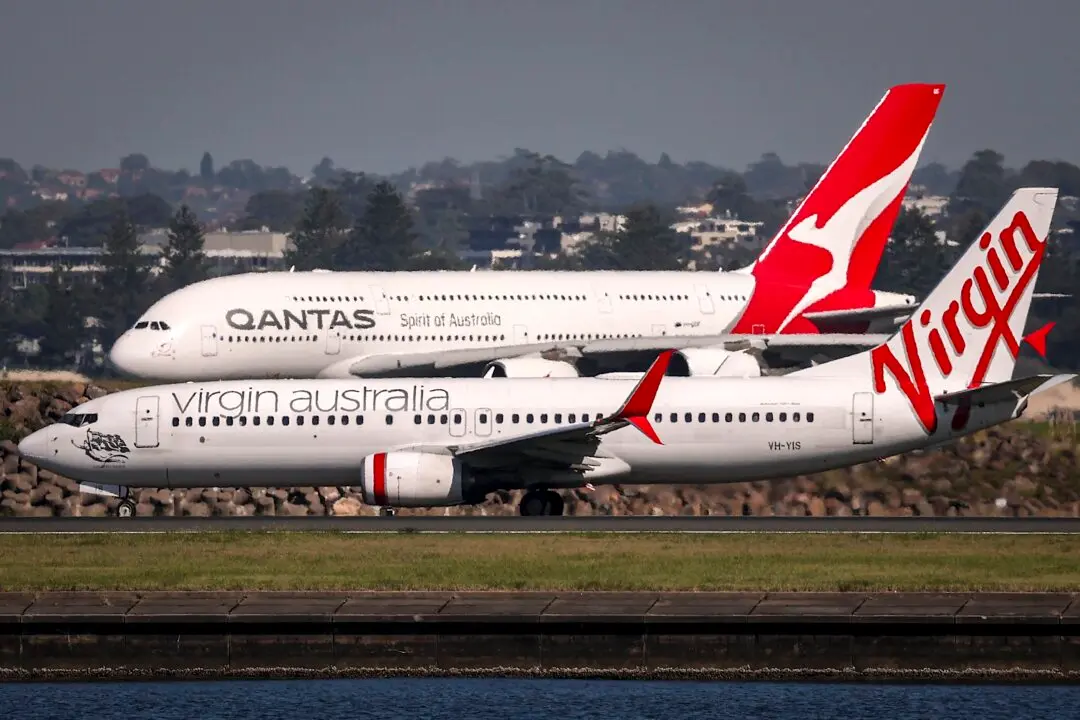A patient contracting the Legionnaires’ disease in Sydney has died amid an outbreak of the dangerous lung infection in Australia’s most populous city.
On April 17, New South Wales (NSW) Health confirmed that the person had passed away in hospital last week.
“Sadly, one of the people who contracted the disease passed away in hospital last week,” it said in a statement.
“NSW Health expresses its sincere condolences to their loved ones.”
According to the department, there have been 12 confirmed cases of Legionnaires’ disease in Sydney so far.
These patients were found to have spent time in the CBD and other nearby areas between March 13 and April 5.
The department said Legionella bacteria, the cause of the disease, was found in a cooling tower in the CBD and health experts are testing if it is the source.
The tower has also been decontaminated.
“NSW Health continues to work closely with the City of Sydney to identify, inspect and sample any cooling towers in the CBD potentially implicated in the outbreak,” said Dr. Vicky Sheppeard, a top official at NSW Health.
“To date, over 165 cooling towers have been inspected and tested.
“Most building owners have responded quickly to ensure that their cooling towers are operated and maintained in compliance with the NSW Public Health Regulation 2022.”
Dr. Sheppeard said outbreaks of Legionnaires’ disease could occur when bacteria from environmental sources that become contaminated.
Symptoms of Legionnaires’ Disease
According to NSW Health, the symptoms of Legionnaires’ disease include fever, chills, cough and shortness of breath.Patients can also have muscle aches, headache, tiredness, loss of appetite and diarrhoea.
While most people recover from the disease, it occasionally results in deaths.
Those most susceptible to the disease are middle-aged and older people, especially people who smoke or have chronic lung diseases, as well as people with compromised immune systems.
The latest wave of Legionnaires’ disease in Sydney comes following a smaller outbreak of the infection in January that caused seven people to be hospitalised.






